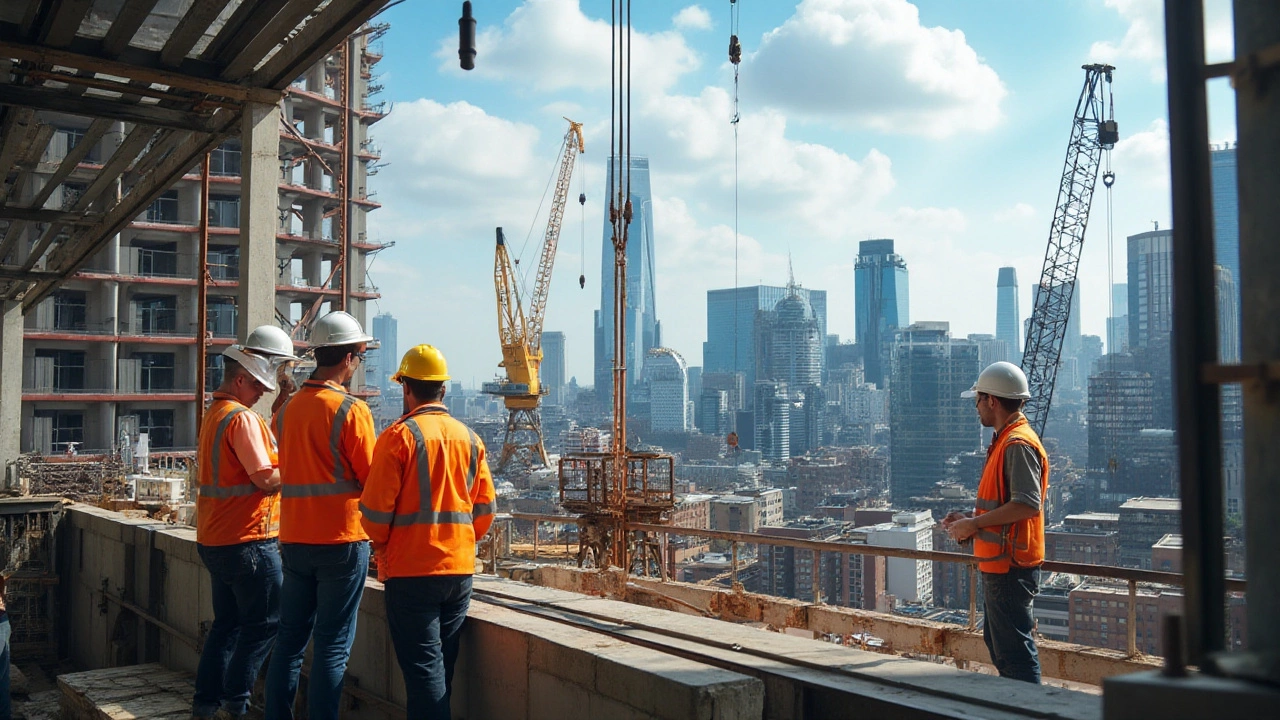Type A Construction: What It Is and Why It Matters
If you’ve heard the term “type A construction” and wonder what it actually means, you’re not alone. It’s a specific way of building that focuses on speed, cost‑effectiveness, and a set of standard materials. In the UK, many developers use this method for residential blocks and small commercial projects because it keeps budgets tight while still delivering solid structures. Below, we break down the basics so you can decide if it fits your next build.
Key Features of Type A Construction
First off, type A construction typically uses prefabricated panels or modular components. These pieces are made off‑site, then shipped to the building location and assembled quickly. Because the parts are manufactured in a controlled factory, you get consistent quality and less waste on site. The walls are often a mix of timber framing with light‑weight concrete or gypsum board, which speeds up the erection process. Insulation is usually integrated into the panels, so you don’t need a separate step for thermal upgrades.
Another hallmark is the reliance on standardised connections – think of snap‑fit joints or pre‑drilled bolt lines. This reduces the need for skilled tradesmen to do complex on‑site adjustments. The result is a faster project timeline: many type A builds go from foundation to roof in a matter of weeks, not months. Maintenance is also straightforward because the components are designed for easy replacement if something goes wrong.
When to Choose Type A Construction
You’ll want to pick type A construction if your budget is limited but you still need a durable building. It’s ideal for projects where speed matters, such as housing developments with tight delivery deadlines or schools that must open for a new term. Because the method uses standard parts, you can scale the design up or down without a huge redesign cost. If you’re in a region with strict planning rules that favour energy‑efficient builds, the built‑in insulation of type A panels can help you meet those standards.
On the flip side, type A may not be the best fit for high‑end custom homes that require unique architectural features or specialist materials. If you need large open spans without many internal columns, you might look at a different structural system. Also, consider the local labor market – while the method reduces on‑site skill demands, you’ll still need a crew that knows how to handle prefabricated components safely.
In summary, type A construction offers a practical blend of speed, cost control, and decent quality. It works well for straightforward residential or light commercial projects where the design can stay within the limits of prefabricated panels. Talk to a builder familiar with the method, ask for examples of recent builds, and weigh the pros against any design constraints you have. With the right planning, type A can get your project off the ground fast and keep the budget in check.

